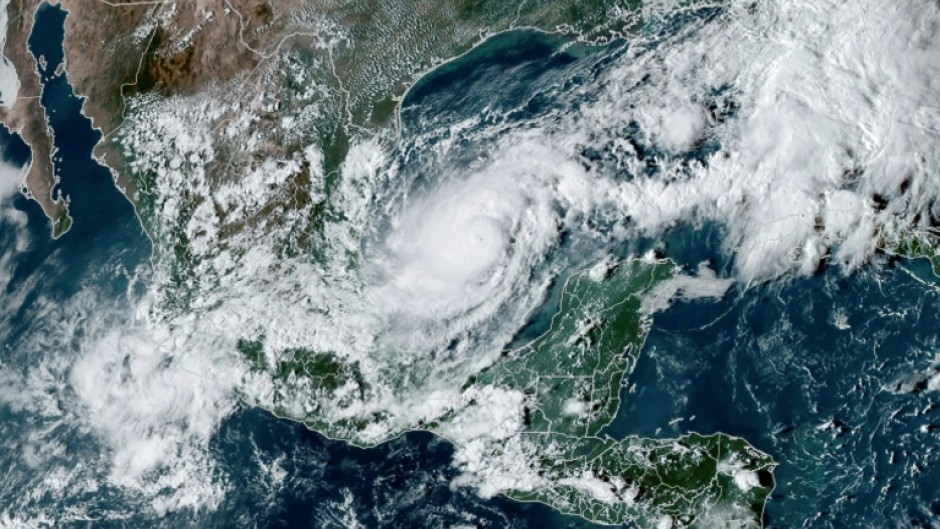TAMPA - Another potentially devastating storm barreled toward the Florida coast on Sunday, as the head of the US disaster relief agency lashed out at a "dangerous" misinformation war being waged over the aftermath of Hurricane Helene.
The new storm, Milton, intensified into a Category 1 hurricane Sunday while churning in the Gulf of Mexico, with nothing but warm ocean between it and the Florida coast -- an area still reeling from Helene's catastrophic winds and storm surge.
"Right now, we are still cleaning up from Helene," Tampa Mayor Jane Castor told CNN, adding that imagining rain from a new storm was "difficult enough, not to mention the storm surge and wind damage."
Milton's exact path was still not clear Sunday, but officials across Florida were already warning residents to be prepared, with the storm expected to intensify into a major hurricane on Monday before approaching the state's west coast Wednesday.
Officials are issuing mandatory evacuation orders for parts of Pasco County and Anna Maria Island near Tampa starting Monday, while a handful of other counties have told some residents or those in certain types of buildings, like long-term healthcare facilities, to evacuate.

Florida Governor Ron DeSantis has declared 51 of the state's 67 counties under a state of emergency, predicting Milton could have "major, major impacts," with storm surges of up to six metres.
President Joe Biden was briefed on Milton and said in a statement that his administration was readying "life-saving resources."
Deanne Criswell, head of the Federal Emergency Management Agency (FEMA), said on ABC that federal authorities were ready for Milton.
Milton is forecast to move just north of the Yucatan Peninsula and across the southern Gulf of Mexico Monday and Tuesday, the US National Hurricane Center said.
A week and a half ago, Hurricane Helene roared into the Florida coastline as a Category 4 storm and carved a path of destruction inland, dumping torrential rainfall and causing flash flooding in remote towns in states such as North Carolina.
The storm, which struck Florida on September 26, has killed more than 225 people across a handful of states -- making it the deadliest natural disaster to hit the United States since 2005's Hurricane Katrina -- with the toll still rising.
Relief workers are racing to find survivors and get power and drinking water to remote mountainous communities.
But that effort has been hit by a wave of false claims and conspiracy theories.
FEMA and outside fact-checkers note that a program under the agency's aegis to provide shelter and aid to migrants is funded directly by Congress, entirely separate from disaster-related funding.

